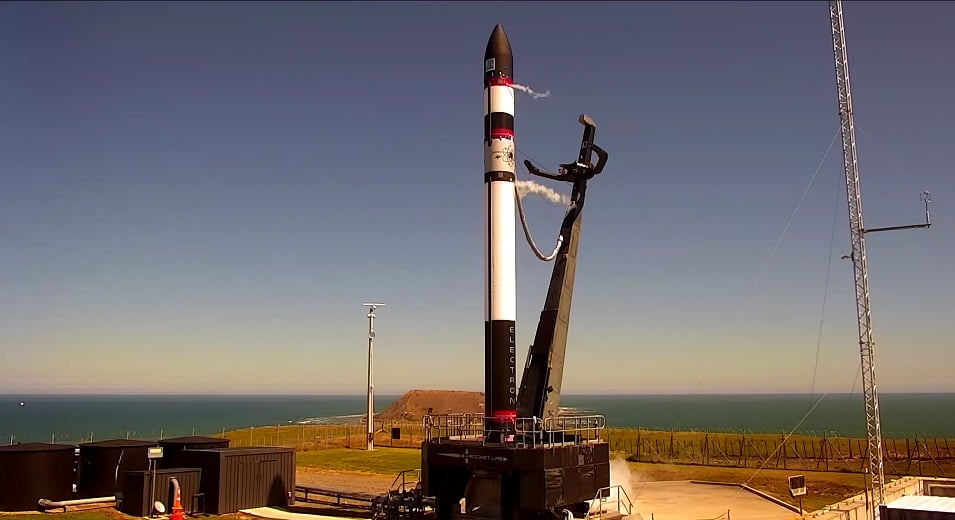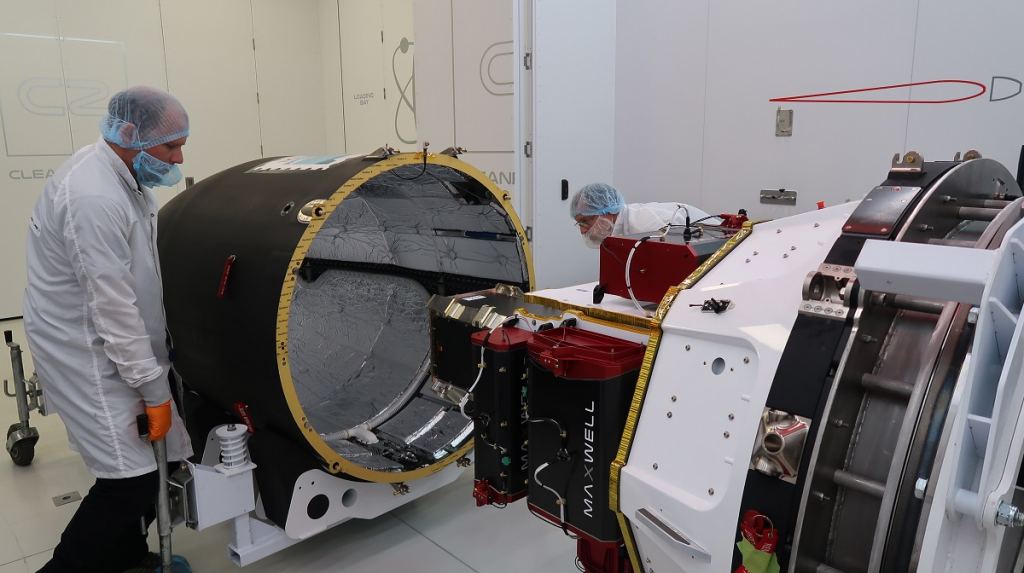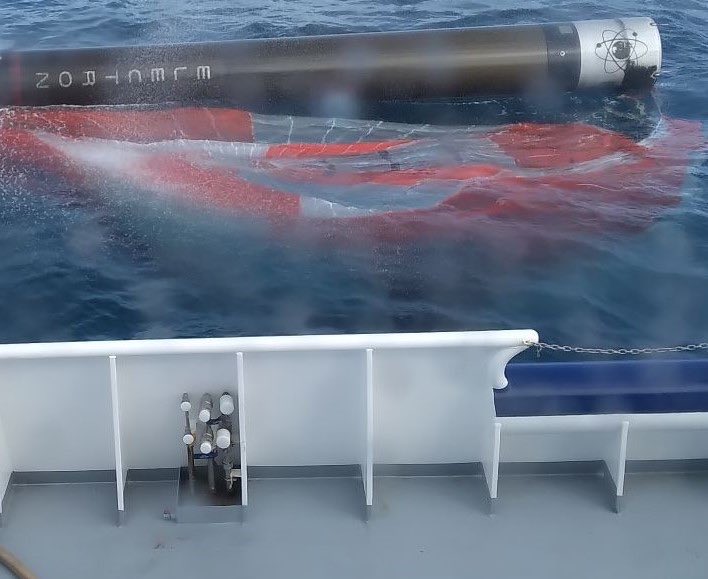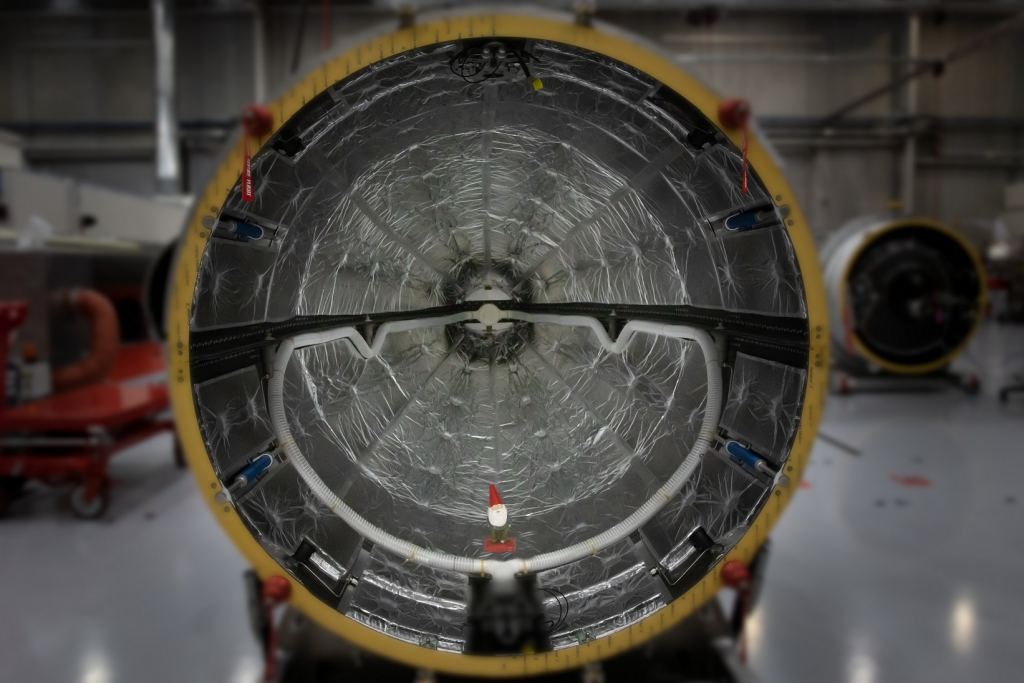In recent years, one of the most impressive developments for space exploration has been the rise of the commercial space industry (aka. NewSpace). Beyond fulfilling contracts with space agencies like NASA to provide commercial and crewed launch services, private aerospace companies are also fostering innovation that is helping to reduce the cost of sending payloads to space.
Take RocketLab, the US/NZ-based small satellite launch company that has broken new ground with its Electron rocket. In a further bid to reduce the costs of individual launches, RocketLab announced last year that it would begin recovering and reusing the spent boosters of its rockets. Recently, the company took a big step by successfully retrieving the first stage of an Electron after it delivered a payload to orbit.
This mission, which RocketLab named " Return to Sender," was the company's 16th launch using the Electron rocket. This rideshare mission sent a payload of 30 satellites to a Sun-Synchronous Orbit (SSO) of 500 km (310 mi) altitude. This would also be the first time RocketLab would attempt to retrieve the first stage of an Electron rocket once it fell back to Earth (using parachutes) and landed in the ocean.
In April of 2020, the company tested their mid-air retrieval system by having two helicopters carry an Electron booster to a high-altitude spot off the coast of New Zealand (see below). The first helicopter then dropped the first stage, which deployed its chutes to slow its descent. The second helicopter, at a lower altitude, then caught it with a grabbling hook.
This time, the mid-air retrieval would take place after the spent rocket stage fell back to Earth from orbit. It all began on Friday, November 20th, at 03:20 PM local time (Nov. 19th, 06:20 PM PST; 09:20 PM EST) after the rocket lifted off from the company's Launch Complex 1 on New Zealand's Mahia Peninsula. The event was captured in a
"It's been enormously fun along the way," said RocketLab CEO Peter Beck, during the webcast. "This has been the best project almost, doing these big-scale tests with lots of energy and it's been super fun."
Originally, RocketLab's plan for providing affordable launch services came down to using smaller, lighter vehicles that were entirely manufactured in-house. This is what informed the design of the Electron rocket, which is composed of lightweight carbon composites and utilizes a specially-designed "plug-in" payload fairing that can be easily installed and transferred from one rocket to another.
However, it soon became apparent that a limited retrieval and reusability plan was possible. As Beck explained:
"We set out at RocketLab to try and recover the vehicle primarily to increase production. First, I didn't think it was feasible to do with a small launch vehicle because, if you look at all the traditional approaches, they're just not going to work. You don't have propellant margins in a small launch vehicle."
Unlike SpaceX's Falcon 9* or Falcon Heavy* launchers, small rockets like the Electron don't have the space to accommodate the added propellant needed to make a controlled descent. Because of this, he and his engineers needed to look at different approaches. As they began to accumulate data from their first nine flights, it became clear that there was an unconventional approach that would work for them.
This approach begins after the Electron delivers its payload to orbit. First, the booster reorients itself using maneuvering engines, falls back into the atmosphere, and deploys a drogue parachute to slow its descent. Minutes later, a larger parachute is deployed to slow it down to about 10 meters/second (36 km/h; 22 mph). From there, a helicopter will snag its drogue line with a grappling hook and bring it home.
While Rocketlab has already proven that their mid-air recovery process works, they did not use this launch to test it further. Instead, they used this mission to determine if the Electron booster's complement of parachutes will be able to decelerate them to the point that they can make a controlled splashdown. In this respect, this mission was entirely successful and certainly lived up to its name!
The payload for this mission included 24 of the latest 1/4U SpaceBEE satellites contributed by Swarm Technologies, which are designed to provide affordable comsat services to developing parts of the world. There was also the APSS-1 Te Waka ?miorangi o Aotearoa (Maori for "New Zealand Satellite Vehicles") CubeSat, the first satellite designed by students at the University of Auckland.
The APSS-1 will monitor electrical activity in Earth's upper atmosphere to test whether ionospheric disturbances can predict earthquakes. There was even a garden gnome named after the gaming icon Gnome Chompski, which was contributed by Gabe Newell of Valve Software. The 3D-printed titanium gnome was created by Weta Workshop to test a 3D printing technique that could be used to manufacture spacecraft components.
Ostensibly, the gnome was designated as a "mass simulator," but was actually part of a charitable drive. For every person who watched the livestream of the launch within the first day, Newell promised to donate one dollar to charity. According to ArsTechnica, Gnome Chompski's launch raised over $80,000 for the Paediatric Intensive Care Unit at Starship Children’s Hospital in Auckland.
Quite a bit was accomplished with this one launch. But that is the world we currently live in, where NewSpace is testing the boundaries of what's possible like never before. And be sure to check out the webcast of the mission, courtesy of RocketLab:
Further Reading: ArsTechnica*, RocketLab*
 Universe Today
Universe Today



